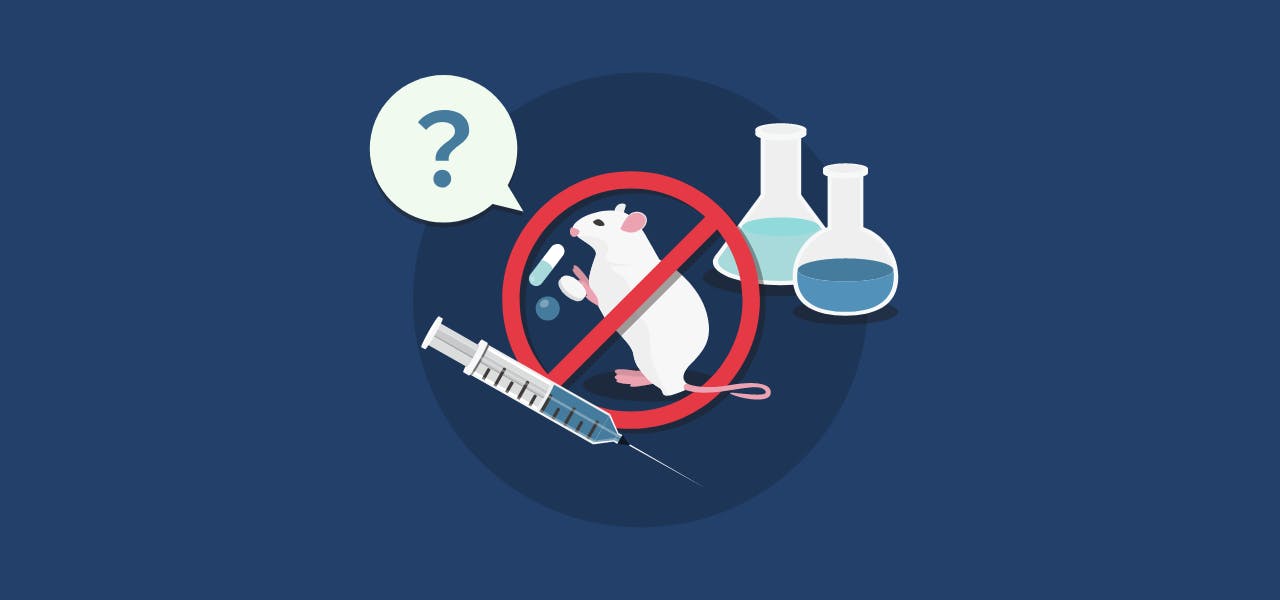The long history of using animals in place of humans for testing (or even sacrifice) dates back millennia. Animals were once considered to not have any thoughts or feelings, and so cruelty to them abounded. But as civilization spread, humans realized that animals are capable of sentient thought, and harming them without cause or through traumatic purposes began to be legally prohibited.
Now, researchers can use animals in their work, provided they have approval, the work is for certain purposes, and they prove that the animals are being treated humanely. But for many animal rights’ activists and organizations, that isn’t enough. The ethical considerations of using animals to test products before they are used on humans have been argued as hot button debates.
Current Regulations on Animal Testing
Right now, researchers are bound by the regulations of the country in which they are doing their work. In the United States, for instance, past cases of animal mistreatment have resulted in a lot of changes in regulations. Pressure from organizations like animal protection groups and the general public has worked to change the way scientists treat animals, even when they do use them in research. Now, many laws enacted by Congress regulate the care and use of animals in labs through multiple layers of oversight. But all of this actually began back in the 1600s when philosophers questioned how animals were being treated. After the argument that animals were sentient creatures who deserved to be protected, the very first modern law was passed in Ireland, closely followed by those in the Massachusetts Bay Colony across the ocean.
Then, in the 1800s, the British Parliament passed the very first national animal protection legislation, opening the door for animal protection and vegetarian organizations to begin to crop up in the United States and England. As animal agriculture began to increase in the ‘20s, the use of animals in experiments like cosmetics rose as well. But the media documented many cases of these lab animals being treated inhumanely, and questions of cruelty and ethics were loudly voiced. By 1966, the first federal animal welfare legislation in the United States had been passed.
After that, meat production increased as consumption of farm animals boosted. Animal rights activists became increasingly involved in the protection of these animals, and the world-famous book Animal Farm explained to an unsuspecting public exactly how horrible the environments were for the animals they were eating at the dinner table. With even more widespread documentation and footage to prove these organizations were right, the regulations for the ethical treatment of animals turned into those that we know today.
Still, it’s not enough for some groups who claim that there is no reason to use animals for any sort of lab experiment.
Arguments for and Against Non-Human Subject Experimentation
Researchers and stakeholders argue that there is a justifiable reason to be able to use animals in lab work. By not being allowed to do so, researchers are held back from progress that could be made in avenues that would reduce human suffering. The process of approval to use people in clinical trials is cumbersome, but using animals in their place, albeit with humane considerations, could speed up the ability to get medicine out to the general public and help alleviate pain or deaths.
But those who argue against it say that comparing the results of work on animals to that of humans is like comparing apples to chocolate. It’s not going to give you the same outcomes, so why bother doing it. The data that is uncovered could possibly be relevant to humans, too, but for the most part, our biological systems work completely differently than that of mice, rats, and even monkeys, the most commonly used animals in laboratory experiments.
Yet, there is a middle argument that many people are on board with that takes into consideration the ethical aspect of both sides. Using non-human subjects for animal testing should only be allowed when the benefits are clearly on the side of bettering humanity or the rights of animals. But if the researchers are allowed to conduct animal experiments, they should do so under rigorous standards of the highest levels of ethical treatment.
With this in mind, many journals won’t publish a researcher’s work unless they can prove that the animal data collected was obtained through these high standards and ethical treatment was utilized throughout the whole process.
Animal testing before human trials still remains, but it is less predominant than it used to be, with many companies boasting that their products were “not tested on animals.” Over time, this may cease to be a concern as manufacturers realize that the general public prefers products that were never tested on non-human subjects in the first place.
